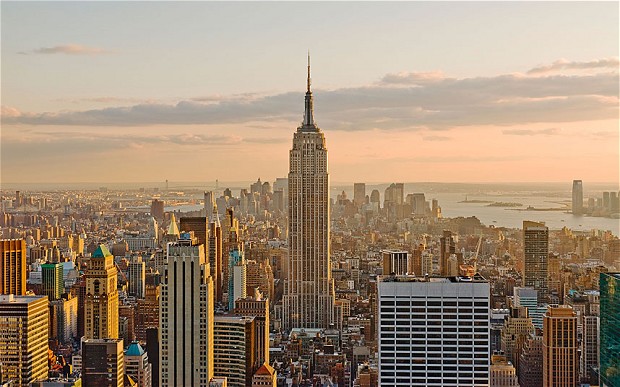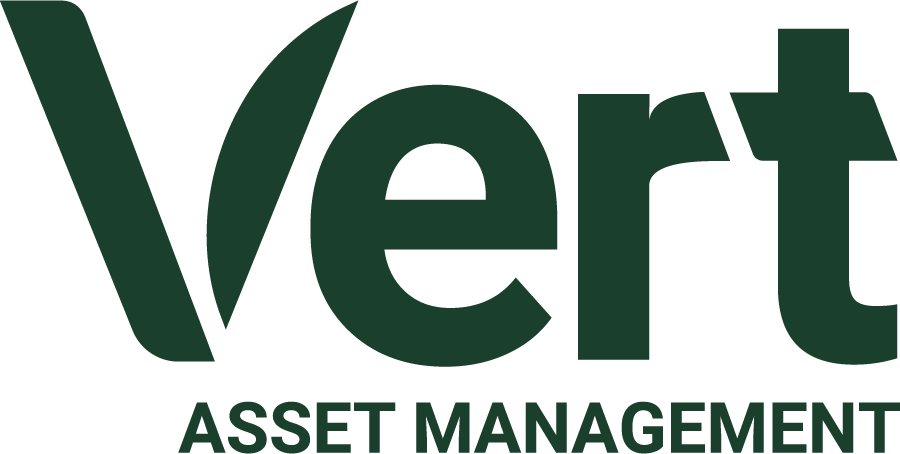Empire State Building
Few buildings are as iconic as The Empire State Building. Most know it as top tourist attraction or as a setting for blockbuster films. But today, it’s become famous once again, this time for what is possible when retrofitting buildings for sustainability.
Location
338-350 5th Ave, Midtown, Manhattan, New York, New York
Height
1,250 feet – 102 stories*
Area
2.8 million square feet*
Green Certification
LEED Gold Status Existing Buildings: Operations & Maintenance (EBOM)
Value-Added Proposition
Demonstrated Profitability of Retrofitting Existing Buildings
Owner
Empire State Realty Trust1

Retrofitting an Iconic Building
Some buildings are made to stand out and when the Empire State Building was completed in 1931 it was the tallest building in the world. With its central position in bustling Manhattan, it has witnessed decades of the city’s boom and bust cycles. Incredibly, this icon languished in recent decades as the neighborhood no longer appealed to office tenants who preferred the new glass structures along the waterfront or hipper enclaves like Chelsea or SoHo. The building’s principal attractions, the celebratory light displays and skyline viewing deck, were for tourists, not tenants.
The owner of the building, Empire State Realty Trust, wanted to bring the landmark into the 21st century, but also retain it’s 1930’s art deco character. In 2009, the company convened experts from the Clinton Climate Initiative, Johnson Controls Inc., Jones Lang LaSalle, and the Rocky Mountain Institute. Together the unique partnership developed a strategic retrofit design with the primary goal to reduce energy use and energy cost. They wanted not only to upgrade the building but also to create a transparent, well documented, replicable energy-efficiency retrofit program that could serve as a model for other office buildings.
By applying a holistic design process that looked at all systems and all opportunities together, they were able to multiply efficiencies. For example, an early design required installation of a new chiller plant to cool the building. But by rebuilding all 6,524 windows they reduced solar heat gain, which made it possible to renovate the existing chiller, rather than purchase and install a new one. More ‘nega-watt’s, i.e. negative kilowatts, were created by installing sophisticated energy management systems and getting tenants to understand their function and use. It is estimated that 60% of all existing buildings will be renovated between now and 2030.2 If building owners take advantage of the opportunities in saving energy, and money, that are possible through holistic sustainable design, the benefits to the companies and society will be maximized.
Sustainable Leadership Highlights Tenant Engagement
Empire State Realty Trust 3 consolidated its holdings into public REIT in 2013, but its owners have owned the landmark for nearly 80 years. The REIT’s portfolio of office and retail properties are concentrated in Manhattan and the Greater NY Metropolitan area. The REIT’s building stock is mostly older buildings that compete for established middle market tenants. Tenants include medium-sized enterprises such as LinkedIn and Shutterstock.
C-Suite leadership in sustainability is what proponents of ESG issues covet. Here is a case where the CEO, Tony Malkin, has taken the lead to retrofit buildings for energy savings and increase engagement with tenants. Energy optimization is required at all Empire State Realty Trust buildings and tenants are required to commit to efficient energy management practices. The majority of building energy use, approximately 50-60%, is consumed by tenants. Malik led the way to get a federal bill passed to expand the Department of Labor’s definition of the EPA’s EnergyStar program to extend to tenants’ energy management. The Energy Efficiency Improvement Act of 2015 – Energy Star Tenant Space Recognition is an EnergyStar verification for tenants. This certification motivates the tenant to manage their own energy efficiency and to look for forward-thinking building owners when looking to lease office space.
Retrofitting Makes Financial Business Sense
The success of the Empire State Building is an excellent example how a holistic approach to retrofits can maximize the payback from energy savings. One important lesson is to spend additional sums for which there is reasonable payback through energy savings. For instance, small incremental improvements may not pay for themselves in the short term, but larger more holistic projects that target 20-30% savings, often do.
Before the retrofit, the building’s annual utility bill topped $11 million. The improvements achieved an annual energy reduction of 38% thereby saving of $4.4 million per year with a payback period of 3.1 years.3
The GHG reduction was 105,000 tons over 15 years, which is the equivalent of removing 20,000 cars from the road. In recognition of these improvements, the building achieved Leadership in Energy and Environmental Design (LEED) Gold Status Existing Buildings: Operations & Maintenance (EBOM) in 2011.
How do these initiatives correspond to the sustainability metrics of the Vert Global Sustainable Real Estate Strategy?
The investment strategy for the Vert Global Sustainable Real Estate Fund uses a rules-based approach to evaluate the sustainability of a publicly-traded REIT. The Empire State Building and its owner, Empire State Realty Trust, demonstrate the following characteristics that reflect our key performance indicators shown in the table below:
Empire State Building*
Energy Use and
Greenhouse Gas Reduction
Energy Use reduction of 38%
Energy cost savings of $4.4 million/year with a payback period of 3.1 years
Green Building
LEED Gold Status Existing Buildings: Operations & Maintenance (EBOM)
Stakeholder Engagement
Partnership between various stakeholders
Tenant engagement critical to energy management
Climate Risk and Water Reduction
Energy use reduction means less energy demand for the utilities in the urban area of New York.
Urbanism and Public Transportation
Revamping an existing building in an area of town that had started to lose favor to other parts of Manhattan. WalkScore is 100 out of 100.4
*Multiple mentions of Empire State Building summary statistics including height and square footage are referenced from both:
Empire State Building (2014). “Sustainability & Energy Efficiency.” [Information Section]. Available at www.esbnyc.com/esb-sustainability
1 Empire State Realty Trust is 0.50% of the Vert Global Sustainable Real Estate Fund (VGSRX) as of December 31, 2017.
2 World Resources Institute (2016, May 11). “4 Surprising Ways Energy-Efficient Buildings Benefit Cities.” Retrieved from http://www.wri.org/blog/2016/05/4-surprising-ways-energy-efficient-buildings-benefit-cities
3 Empire State Building (2014). “Sustainability & Energy Efficiency.” [Information Section]. Available at www.esbnyc.com/esb-sustainability
4 The company Walk Score (owned by Redfin) devised an index measurement called WalkScore to promote walkable neighborhoods.
Please refer to the Prospectus for full risk disclosures. All data as of December 31, 2017 and subject to change daily.
